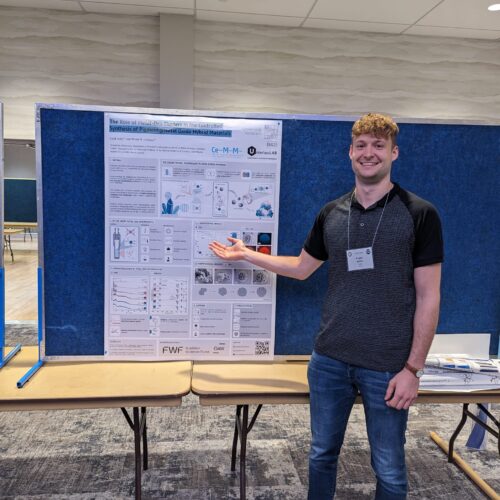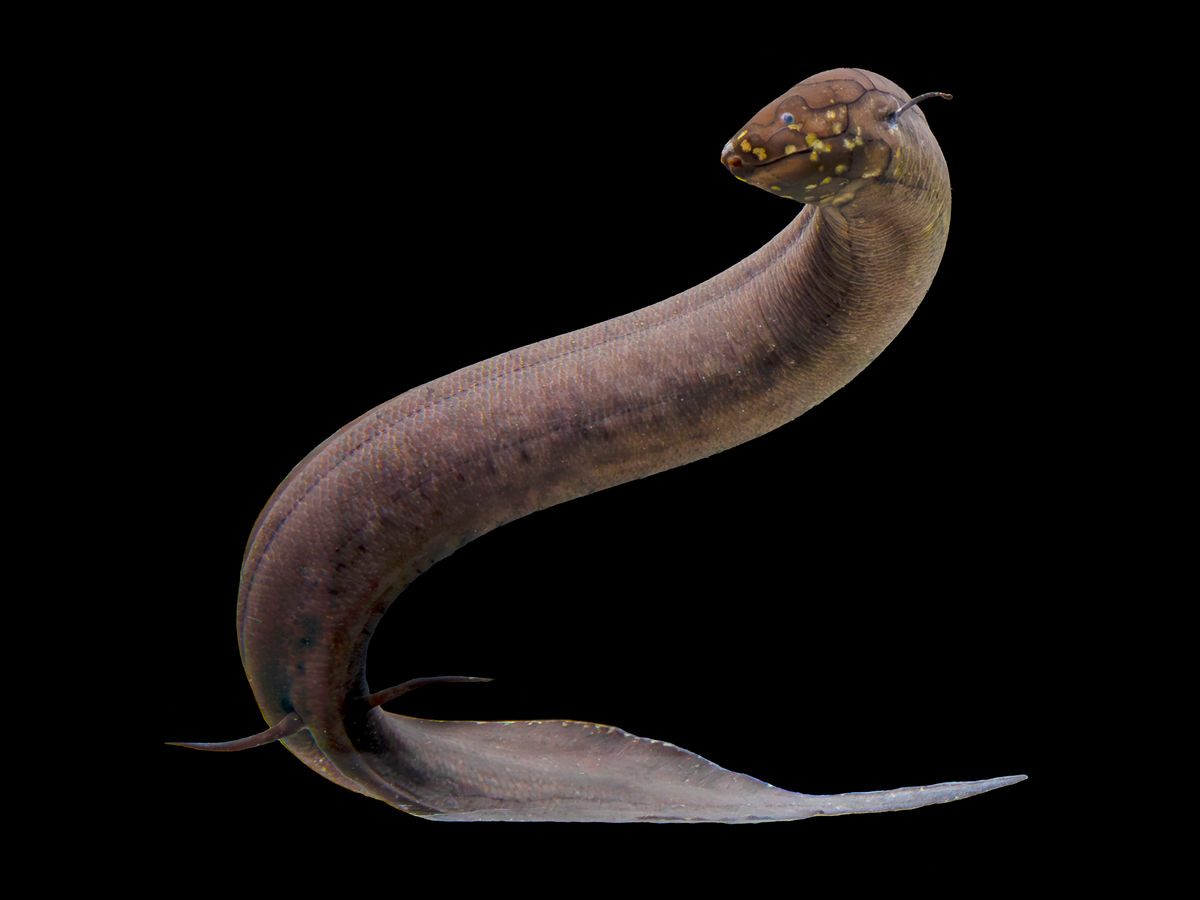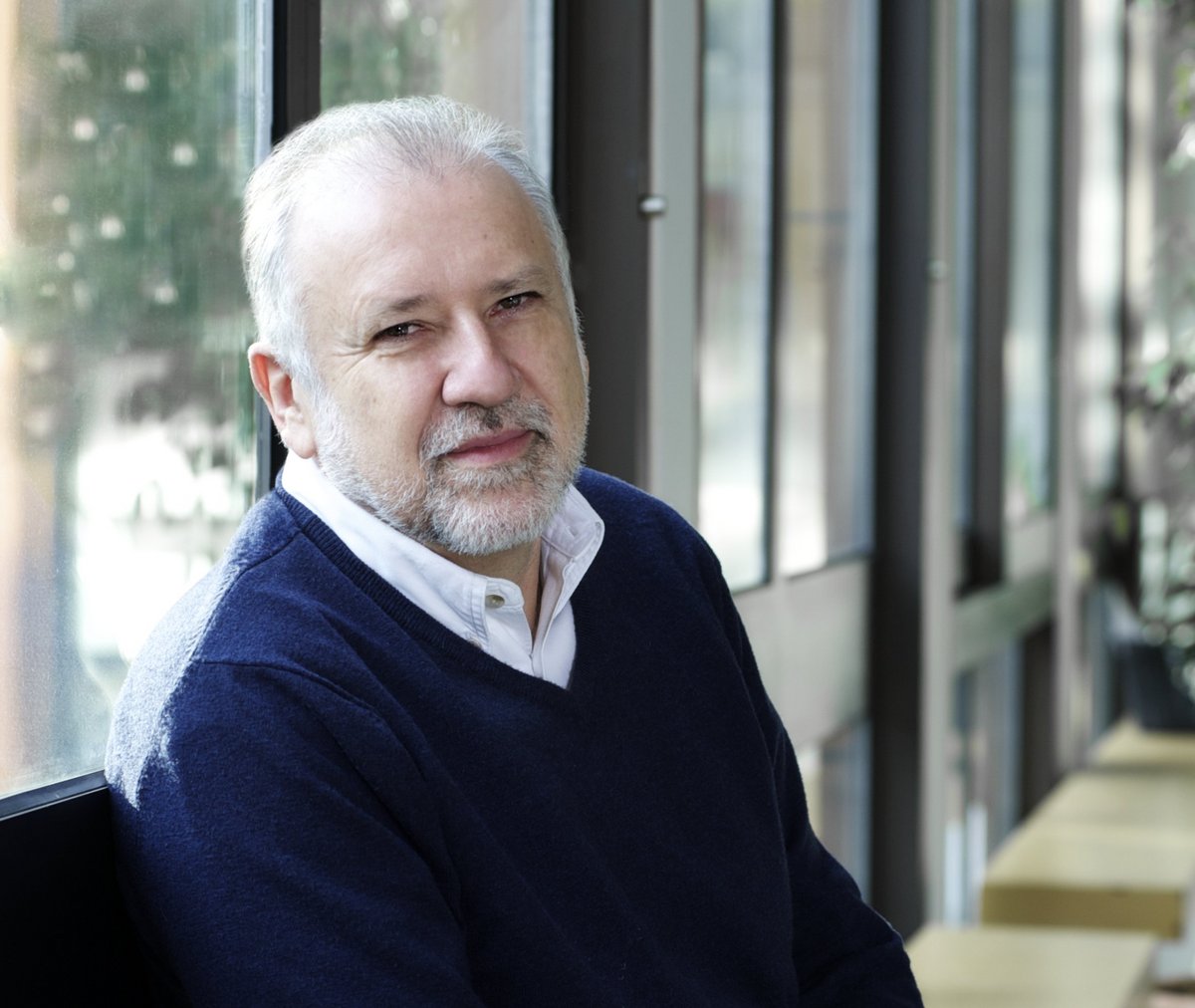![[Translate to Englisch:] Mikroskopische Aufnahme eines Glaskrebschens Leptodora, Bild: Sabine Schmidt-Halewicz [Translate to Englisch:] Mikroskopische Aufnahme eines Glaskrebschens Leptodora, Bild: Sabine Schmidt-Halewicz](/fileadmin/_processed_/4/1/csm_Snap_113_a47fea3eb2.jpg)
Water fleas and blooming algae
Last Thursday provided an opportunity to experience the world of Lake Constance up close. Highlights included fascinating microscope images of the predatory glass water flea Leptodora and intriguing insights into the increased phytoplankton growth observed this year.
Read more


![[Translate to Englisch:] The South American lungfish has an eel-like, brownish-coloured body and a snake-like, yellow-spotted head.](/fileadmin/_processed_/0/0/csm_Lungenfisch_1280_14ee7ef238.png)


